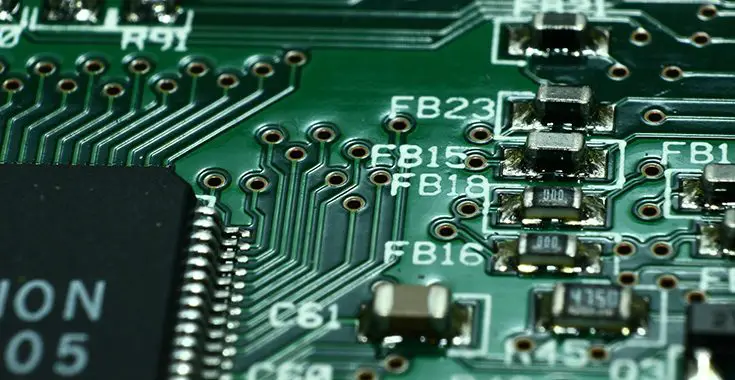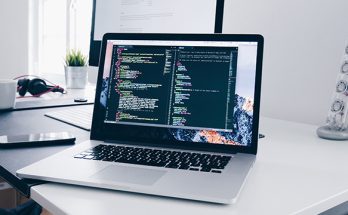If you are a fan of coding, you may want to start looking for some other pursuits which complement it well. One such thing you could try is designing printed circuit boards, or PCBs, as this process has many things in common with coding. Want to know more? Let’s take a more in-depth look into PCB design (acronym for Printed Circuit Board) and its similarities with coding now.
Easy to Start
Just like coding, PCB is a remarkably easy hobby to get into. There are many different tutorials and help guides out there to help you find your feet. You didn’t start coding whole computer programs from the get-go, did you? The same principle can be applied to PCB design; you will most likely tackle some extremely simple circuits first before you go anywhere near a more complex design.
You should also look into downloading a top-quality PCB design software suite like Altium. A tool like Altium will put you in the best possible position for learning as everything you need is at your fingertips. It is incredibly intuitive and will help to make your first few circuit boards come to life in no time – you can learn more about what it can do by visiting Altium.com.
Problem Solving
When a piece of code does not want to work, it can be incredibly frustrating trying to work out exactly what it is going wrong. The same can be said when a PCB fails. With both processes, you can be left scratching your head as you try to pinpoint exactly what is wrong with the design and how to fix it.
If you in-fact thrive off situations like this when coding, you should definitely try PCB design. Literally the smallest of mistakes can cause a PCB design to fail and anyone who is willing to sit and go over a piece of code until it is right will have a blast trying to ensure that their PCB going to be the best it can possibly be.
A Tangible End Product
One of the biggest appeals of PCB design to anyone who is a coder is that, like with coding, PCB design has a tangible end product. If you were to pick some other hobby then it can be difficult to mark progress. For example, if you choose to learn an instrument then you might choose a certain piece of music to be a marker of how you are improving.
With PCB design, that marker is ready-made in the form of a circuit board. When you have one finished, you can send it for manufacturing so you can hold it in your hand and bask in the knowledge that you created it. This is similar to setting a program to run which you have been working on for a long time. The satisfaction you will get will be next to none.
If you are a coder, you should really try dabbling in PCB design today. It might shock you to see some of the similarities between them and you could discover an entirely new hobby to enjoy.



